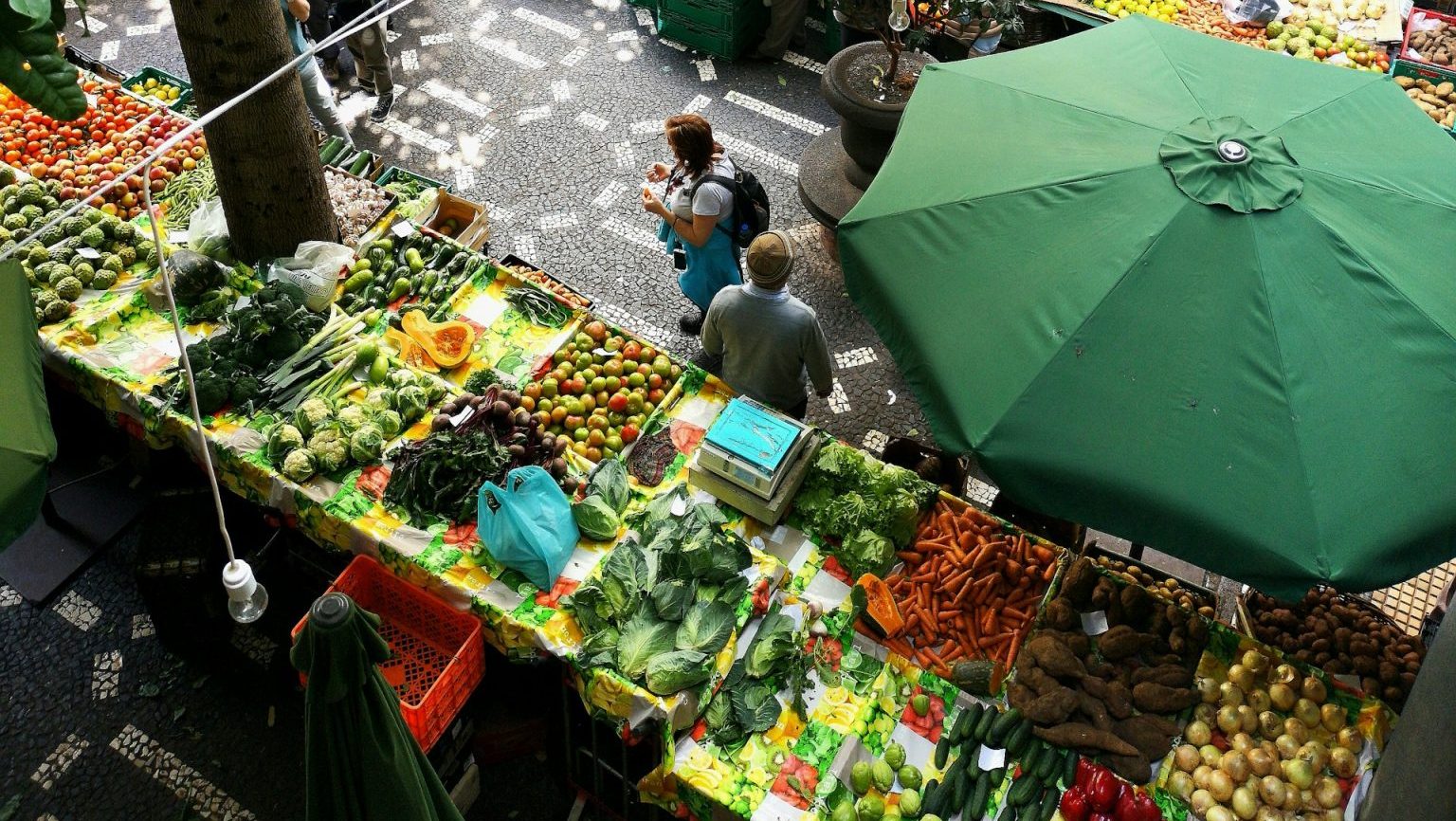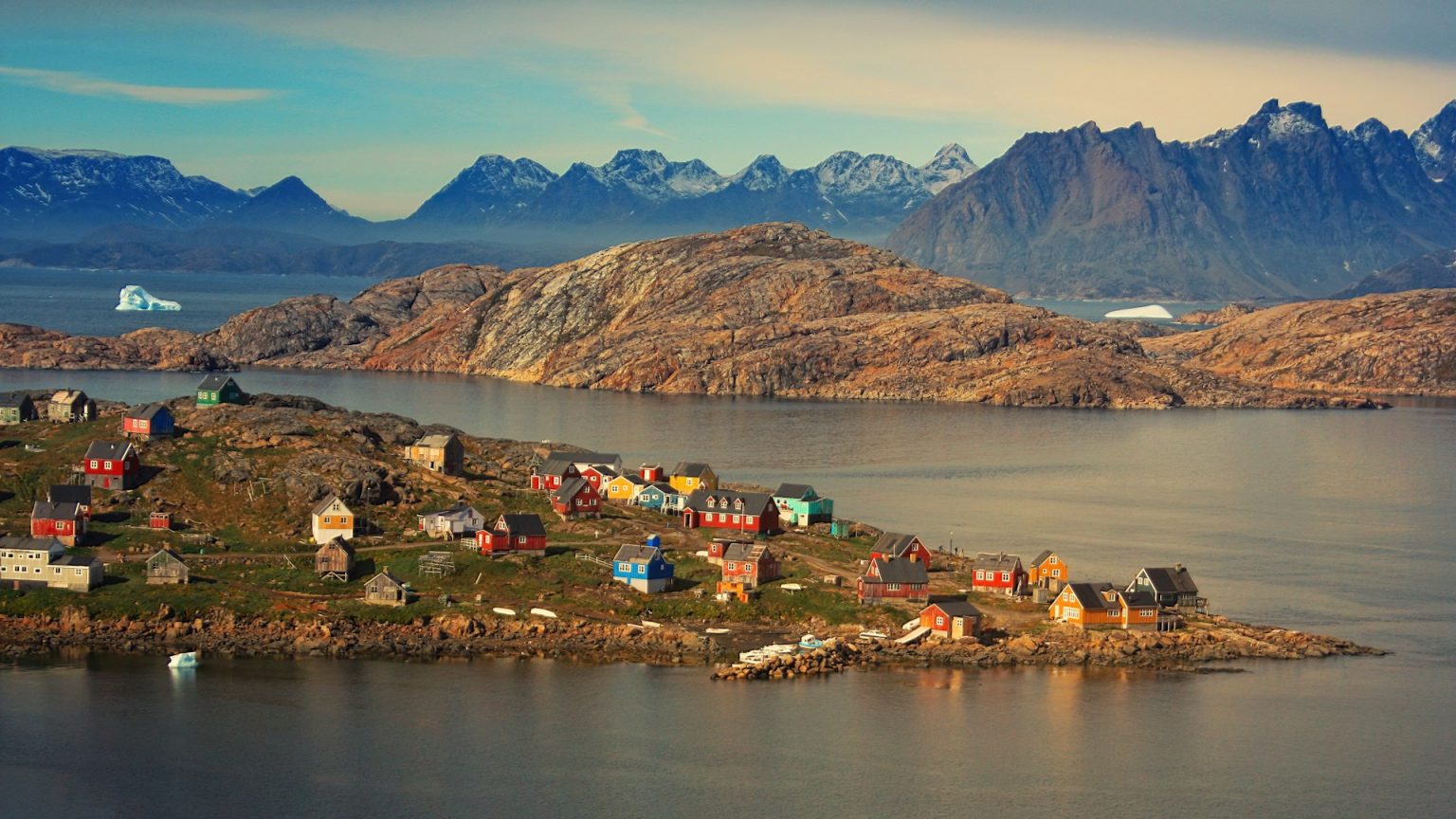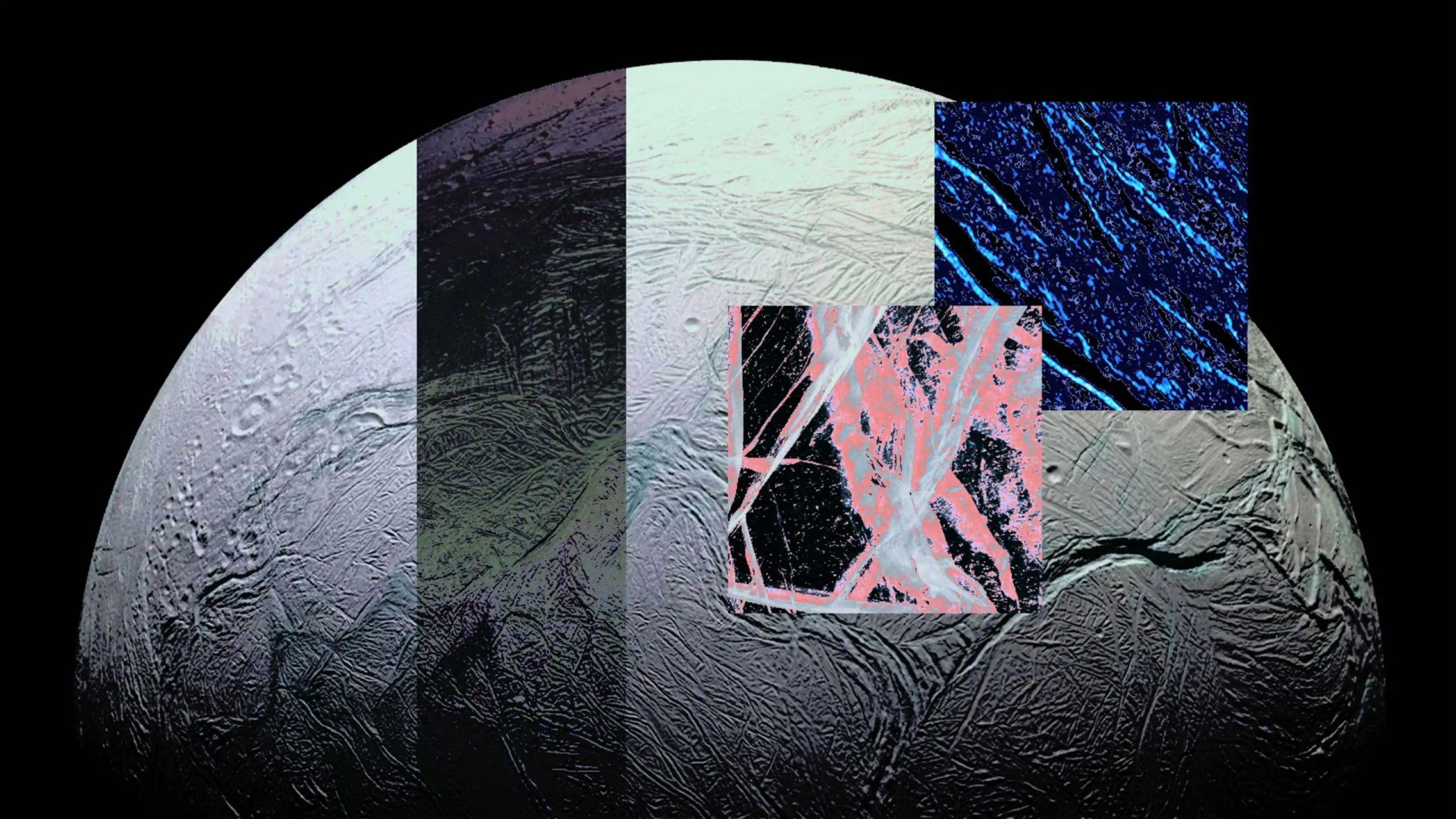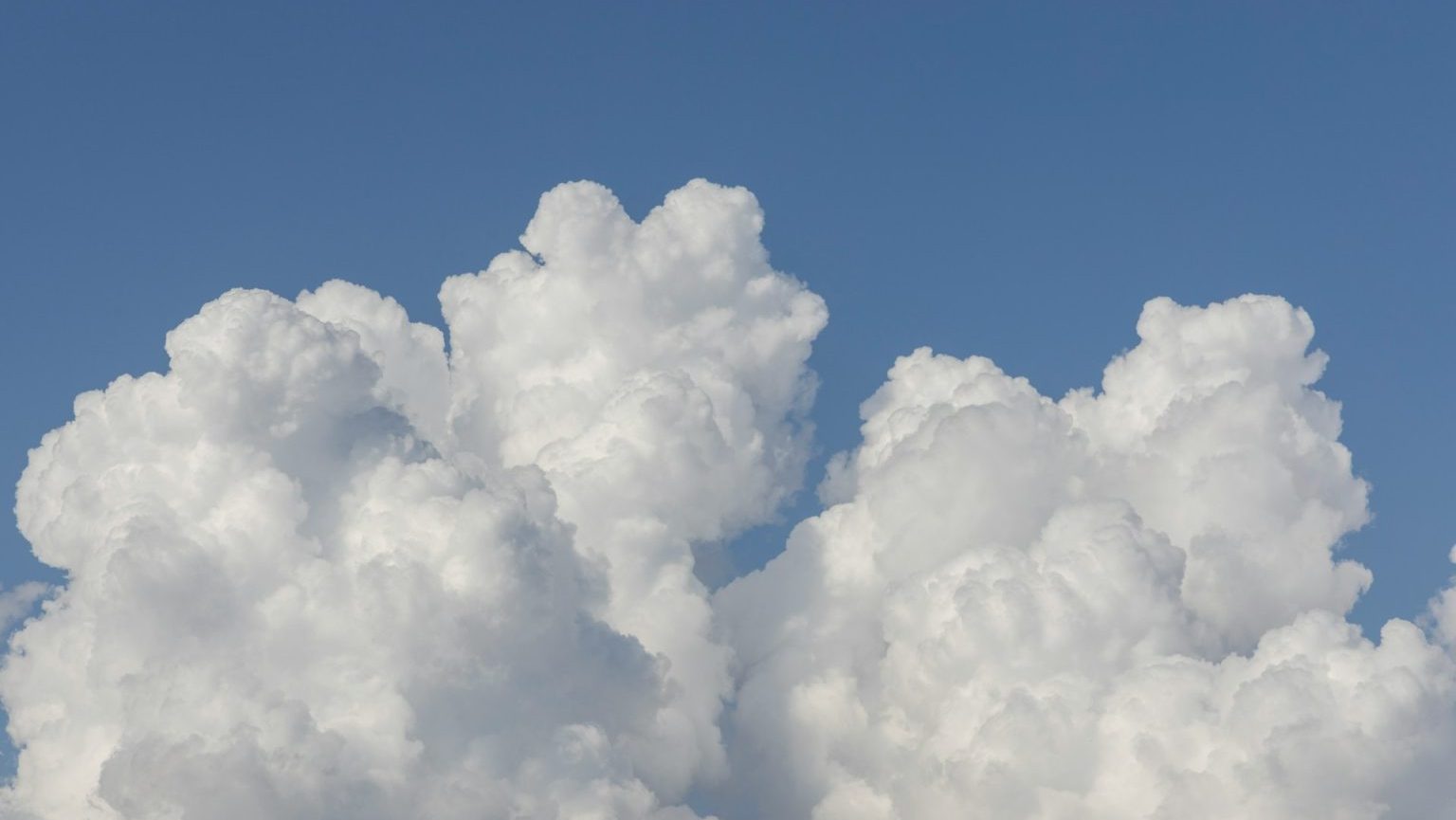7 expert perspectives on what COVID-19 means for the planet

DENIS LOVROVIC/AFP via Getty Images
Experts agree that the legacy of the COVID-19 pandemic will be with us for years, even after the immediate threat has passed.
The way we live may have changed, perhaps for ever, but what about the impact on our planet? Here are 7 perspectives on what’s happening – and what we can do about it.
1. COVID-19 may have cut air pollution but we haven’t beaten climate change
At the height of the pandemic, many people took heart from the drop in air pollution resulting from global lockdowns. The reduction in economic activity took us back to daily levels last seen in 2006. But concentrations of CO2 in the Earth’s atmosphere are still rising.
Larissa Basso, a postdoctoral fellow at Stockholm University, says that’s because CO2 molecules can persist in the atmosphere for up to 200 years. And, regardless, she says the drop in emissions will only be temporary unless we address the root causes by changing the way we live.
The International Energy Agency has called for a global investment of $1 trillion to accelerate the move to zero-carbon energy. Its plan would create 9 million jobs a year, reduce emissions by 4.5 billion tonnes globally and deliver a sustainable recovery.
2. The food waste problem has been made worse
Mountains of food have been thrown away because the pandemic has closed restaurants, shops and takeaway food outlets. And, with much of the waste dumped in landfills, methane levels could rise as a result.
Methane is 20 times more potent than CO2 as a greenhouse gas and is thought to have been responsible for approaching a fifth of historic global warming. It makes up at least half of all emissions from landfills.
The World Economic Forum initiative ‘The Great Reset’ calls for urgent action to manage the consequences of the COVID-19 crisis, including food waste at a time of rising global poverty. “We must invest in the future and transform our food systems to build a more inclusive and sustainable world,” the Food and Agriculture Organization of the United Nations said recently.
3. Single-use plastics are on the rise too
Plastic has played a vital role in keeping us safe and treating people suffering from COVID-19 – think masks and plastic cups. But some experts say it’s being used so much that we are storing up a plastics crisis for the future.
The pandemic threatens to stall or even reverse progress to reduce global plastic waste, says Jacob Duer, President and CEO, Alliance to End Plastic Waste. In the UK, illegal dumping of trash has risen 300% during the crisis.
In Thailand, the Environment Institute blames soaring home food deliveries for increasing levels of plastic waste from about 1,500 tonnes a day to about 6,000 tonnes. Duer urges companies and governments to work together to reduce plastic use and improve waste management.
4. Millions more people will be driven into poverty
The World Bank says as many as 100 million extra people could be pushed into extreme poverty by the COVID-19 pandemic and its impact on the global economy. That’s 100 million people forced to live on less than $1.90 a day.
Shrinking global GDP risks reversing recent progress in reducing the numbers of the world’s poorest people. A total of half a billion people could be pushed into poverty by COVID-19, according to Oxfam.
Of the 176 million people the World Bank expects to be pushed into poverty with an income below $3.20 a day, two-thirds are in South Asia. Only a robust global recovery will reverse this trend, it says.

Source: Oxfam
5. Immunization has been set back by the pandemic
While the world has been focused on fighting coronavirus, deadly diseases have not gone away. But efforts to combat them by immunization have taken a back seat to combatting COVID-19, and the results could be serious unless inoculations pick up the pace.
UNICEF estimates that 80 million children under the age of one could go unvaccinated due to the disruption of immunization programmes. “Immunization is one of the most powerful and fundamental disease prevention tools in the history of public health,” says Dr Tedros Adhanom Ghebreyesus, World Health Organization Director-General.
“Disruption to immunization programmes from the COVID-19 pandemic threatens to unwind decades of progress against vaccine-preventable diseases like measles,” he adds. UNICEF agrees: “As we recover from COVID-19, our aim should not be to just make up lost ground, but to break through the long stagnation that has held us back for the last decade.”
6. ‘Building back better’ must put the environment and fairness first
IKEA may be best known around the word for its flat-pack furniture. But Per Heggenes, CEO of the IKEA Foundation, wants us all to collectively work to build something bigger – a better world for future generations.
Writing for the World Economic Forum, Heggenes set out a five-point programme for a fairer and more sustainable post-COVID world: protect the planet; renewable energy for all; a changed relationship to food; dignified work and entrepreneurship; and leave no one behind.
“Challenging situations can bring out the best in people. Solidarity, unprecedented collaboration and new ways of thinking can help us emerge stronger and smarter from this pandemic,” Heggenes says.
7. Looking after the environment could help prevent future pandemics
Protecting nature is the key to avoiding future pandemics, scientists believe. Writing in a guest article for the Intergovernmental Science-Policy Platform on Biodiversity and Ecosystem Services, four leading biodiversity experts lay the blame for the current crisis at the door of humanity.
Warning that 1.7 million viruses, known to infect humans, exist in mammals and water birds, they say deforestation, intensive farming, mining and development, coupled with the exploitation of wild species have created a “perfect storm” for the spillover of diseases from wildlife to people.
But if we are the problem we can also be the solution. “We can build back better and emerge from the current crisis stronger and more resilient than ever – but to do so means choosing policies and actions that protect nature – so that nature can help to protect us,” they say.
Reprinted with permission of the World Economic Forum. Read the original article.





